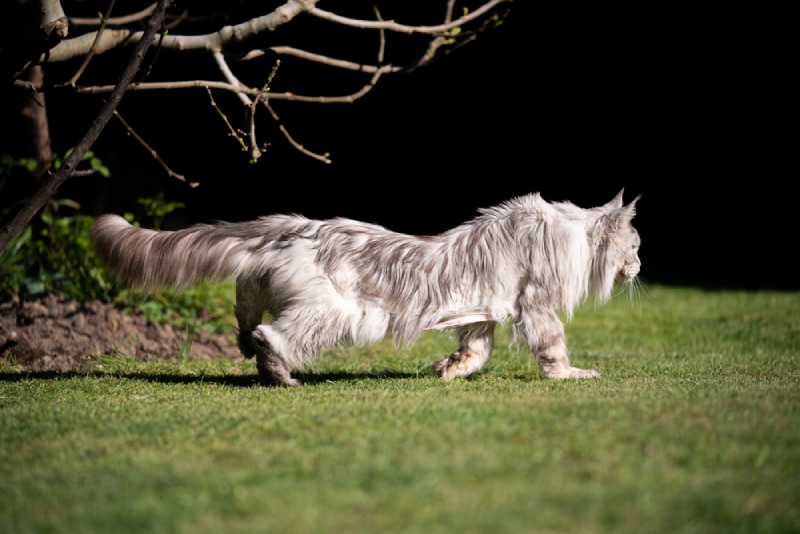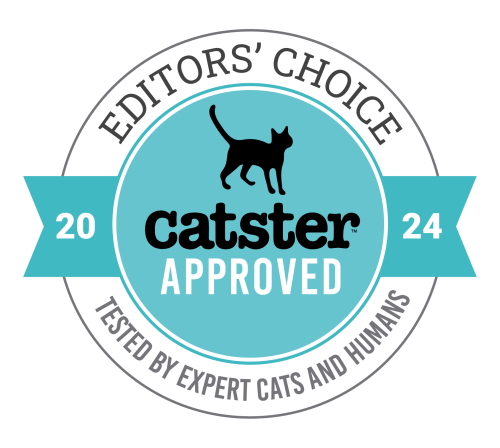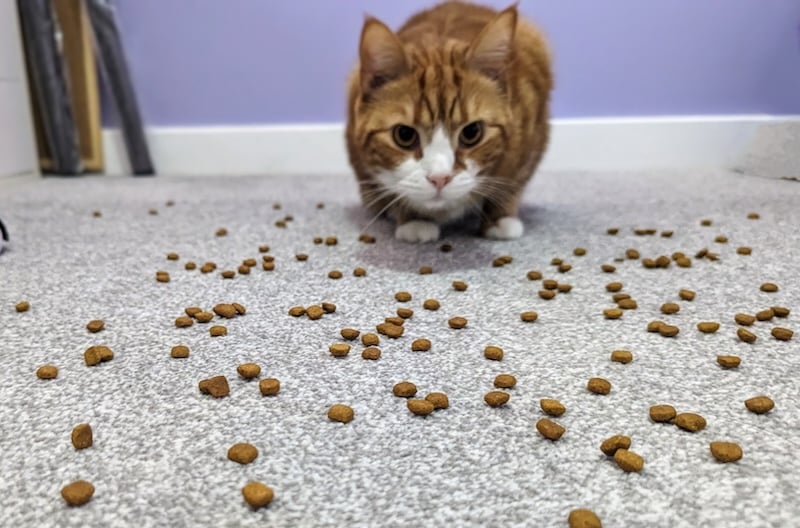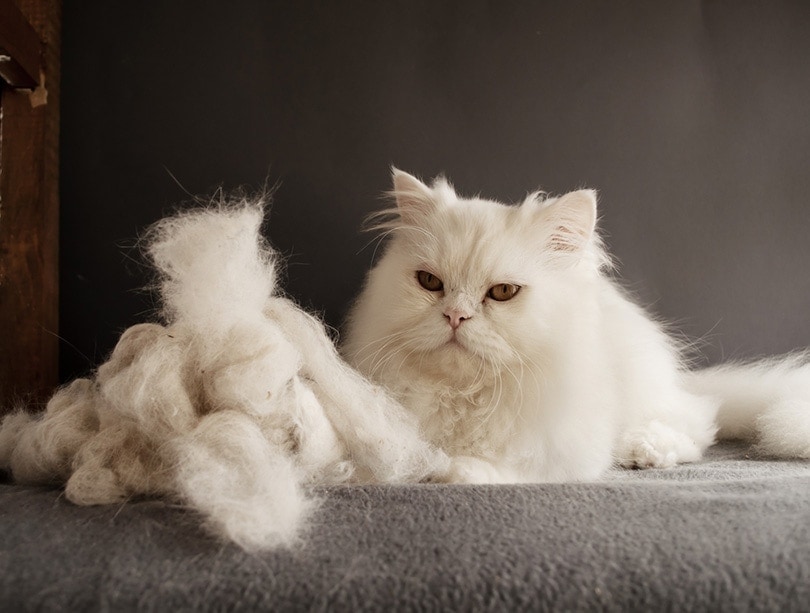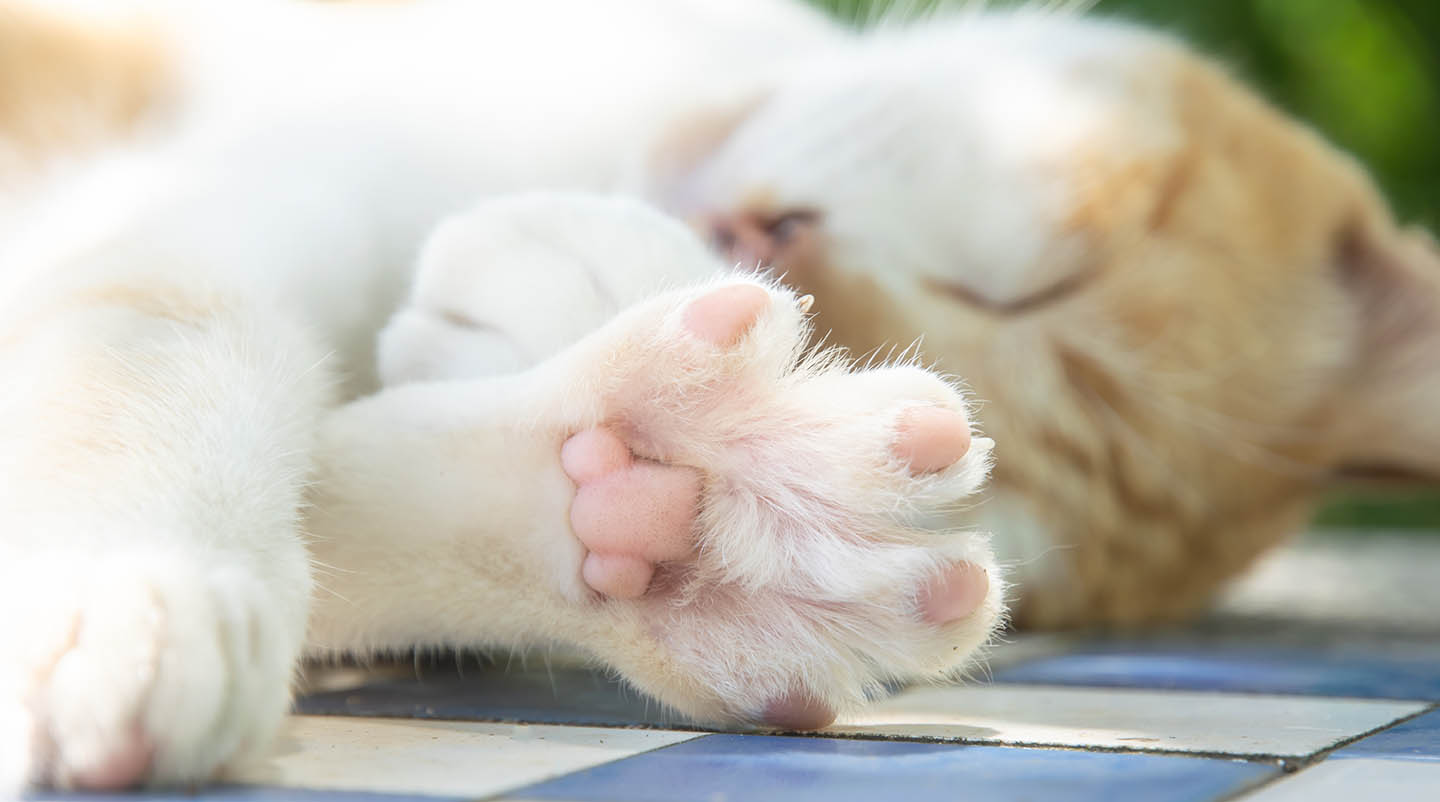Scoliosis represents a lateral curvature of the spine, especially of the thoracic area. If you look at your cat’s spine from above, you will see that it curves laterally. However, mild cases are not obvious and are often detected accidentally during X-ray exams.
Most of the time, scoliosis in a cat is present since birth, and its effects can be observed even in kittens. Clinical signs of scoliosis in cats can include stiffness, general weakness, favoring one part of the body (for example, your cat meows when you touch them on one side), decreased appetite, and depression. The diagnosis of certainty is established following radiographs of the spine.
Treatment of scoliosis in cats depends on the severity of the condition. For example, mild cases can be treated with physical therapy, while in severe cases, surgery may be required to correct the spine.
Click to Skip Ahead:

What Is Scoliosis in Cats?
Scoliosis is a vertebral malformation that causes a lateral curvature of the spine. This condition can affect dogs, cats, and humans. In cats, scoliosis is extremely rare compared to humans. However, it can cause mobility problems and discomfort and decrease the quality of your cat’s life.
In severe cases, the malformation of the vertebrae can lead to secondary compression of the spinal cord and trauma, which in turn, will lead to uncoordinated walking and even paresis. If the condition greatly impairs your cat’s quality of life, euthanasia may be recommended.
Scoliosis can usually be noticed when looking at your cat’s back from above, but there are cases when the degree of scoliosis is low, and the clinical signs are not obvious. Most of the time, this condition is congenital (present from birth) and commonly occurs in cat breeds like the Siamese and Devon Rex. However, scoliosis can occur in any breed.
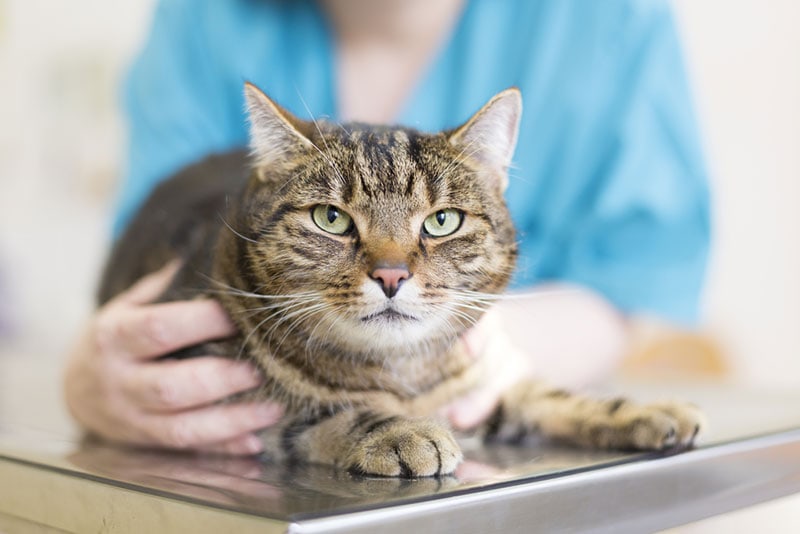
What Are the Signs of Scoliosis in Cats?
Severe cases of scoliosis mainly cause discomfort. However, it can also cause pain and other clinical signs when the malformation of the vertebrae pinches a nerve.
One of the most noticeable clinical signs of this condition in cats is visible curvature of the spine (when the cat is lying down or standing). But if the degree of scoliosis is minimal, the lateral curvature of the spine will only be seen on X-rays.
In severe cases, you might notice your cat sitting hunched over and having difficulty walking or running. Cats with scoliosis may also walk unevenly, run or walk with a limp, and have difficulty maintaining their balance. Such cats will be exposed to the risk of falling and injuries. Cats with severe scoliosis can even have breathing problems because the lateral curvature of the spine will put pressure on their lungs, making breathing difficult.
Lethargy is another clinical sign that may occur if your cat suffers from scoliosis. It may seem that they are not as active as other cats or that they are less active than usual—they will refuse to play and move.
- Lateral curvature of the spine
- Pain (if a nerve is pinched)
- Paresis
- Stiff back
- Difficulty walking
- Uneven gait (incoordination/ataxia)
- Difficulty in maintaining balance
- Lameness
- Lethargy
- Decreased appetite
- Breathing difficulties
- Weakness
- Meowing
- Whining
- Depression
If your cat shows these clinical signs, take them to the veterinarian as soon as possible.
What Are the Causes of Scoliosis in Cats?
Scoliosis is a congenital anomaly (i.e., present at birth), or it is caused by a developmental anomaly of the spine, which may include:
- Malformation of the vertebrae
- Spinal cord formation problems
Scoliosis can also result from injuries or trauma to the spine.
Although it generally occurs in kittens, scoliosis can occur over time from various pathological processes (tumors, inflammations, or degenerative diseases). These processes can damage the spine and cause it to curve over time. Vitamin-mineral deficiencies (such as vitamin D and calcium) can also lead to scoliosis.
- Congenital (present at birth)
- Developmental abnormalities of the spine
- Trauma or injuries at the level of the spine
- Inflammation
- Tumors
- Degenerative diseases (e.g., osteoarthritis)
- Vitamin-mineral deficiencies (vitamin D/calcium)
If your cat has a visibly crooked back or shows signs of discomfort or mobility problems, contact the veterinarian as soon as possible.
How Is Scoliosis Detected in Cats?
You can detect scoliosis yourself at home just by looking at your cat’s back, which will show a lateral curvature. If the curvature is not visible, you can run your fingers gently along your pet’s back and feel for any modifications. If you feel anything unusual, contact your vet.
You can also monitor your cat’s gait or changes in posture. A cat with scoliosis may walk unevenly and have difficulty walking; they may also walk hunched over and have difficulty moving their hind legs. Other subtle clinical signs, such as pain when you touch them in certain areas or reluctance to jump, play, or climb stairs, can be indicative of scoliosis.
For these reasons, it is important to contact the veterinarian whenever you feel that something is wrong with your cat. Once you arrive at the clinic with your pet, the vet will take a set of X-rays, which will determine with certainty if your cat suffers from scoliosis or other medical conditions.
What Is the Treatment for Scoliosis in Cats?
Scoliosis is a condition that occurs rarely in cats. In general, most cats with scoliosis do not require treatment, being able to lead long and peaceful lives. However, there are cases in which scoliosis is severe and compromises the quality of life of the affected pet.
In mild cases, veterinarians can recommend physiotherapy and kinesiotherapy, two therapies designed to help improve mobility and reduce pain (if applicable). Physical therapy can even prevent your cat’s scoliosis from getting worse. Therefore, if your cat suffers from a mild form of scoliosis, it is recommended to take them to a few sessions of kinesiotherapy and physiotherapy.
In severe cases, when the curvature is prominent, the vet may recommend surgical intervention to correct the defect. Your cat’s spine will be straightened and stabilized with metal rods and screws. Since this is a major procedure, make sure you discuss with the veterinarian all the risks and complications that may arise. The vet may also recommend anti-inflammatory and anti-pain medication to improve your cat’s clinical signs.
How Do I Care for a Cat With Scoliosis?
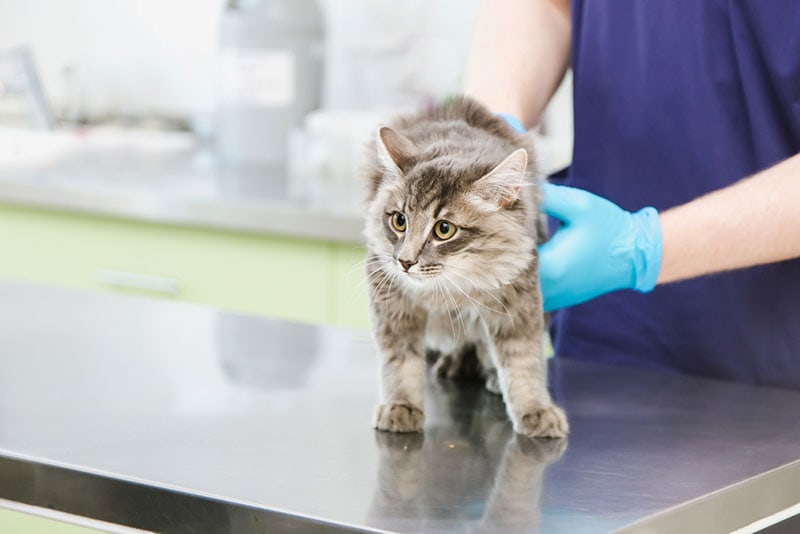
There are a few tips that can help you prevent your cat’s scoliosis from getting worse.
- Keep your cat at an optimal weight: If your cat suffers from scoliosis, excess weight can worsen their condition. Also, a healthy diet and regular exercise can help you keep your cat healthy and fit.
- Reduce the number of dangers around the house: A cat with scoliosis may have difficulty walking, running, and/or jumping. To protect your cat from falls from a height, which can further affect their spine, and to ease their walking, make sure your house is free of dangers. Put baby gates around staircases and fencing around pools, balconies, or high decks. Also, set up ramps for couches and cat furniture.
- Seek the help of a veterinarian: If your cat’s condition worsens or your cat begins to show clinical signs, contact your veterinarian, and follow their treatment directions.

Frequently Asked Questions (FAQs)
How Do I Know If My Cat Has Spine Problems?
If your cat has problems with their spine, they will show certain clinical signs, such as having a curved back or a stiff neck, not wanting to turn or raise their head, having an appetite but refusing to eat, exhibiting changes in posture and paresis or paralysis, meowing when moving or touched, not using the litter box, or refusing to move at all. Contact the veterinarian for a definite diagnosis and appropriate treatment.
Can You Fix Scoliosis in Cats Without Surgery?
Treatment of scoliosis in cats depends on the severity of the condition. Mild cases can be controlled with physiotherapy, observation, and anti-inflammatory and anti-pain medication (if needed). Being a defect (malformation) of the vertebrae, it can only be repaired surgically. In severe cases, surgical intervention is required because otherwise, it can significantly affect your cat’s quality of life.

Conclusion
Scoliosis in felines is a rare condition, and cats are usually born with this spine defect. Some pets may not show any clinical signs, and scoliosis may only be accidentally diagnosed during routine X-rays, while other cats may suffer from severe forms that deform (curve laterally) their spine and cause various walking and balance problems. Treatment depends on the severity of the condition. In mild cases, your vet may recommend physiotherapy and in severe cases, surgical intervention to straighten the spine. If you suspect that your cat suffers from scoliosis or other medical conditions, contact your veterinarian immediately.
Featured Image Credit: Nils Jacobi, Shutterstock

